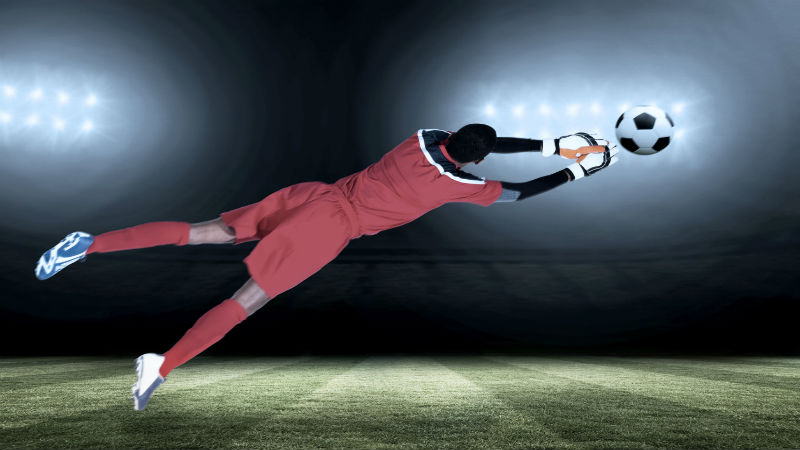As a parent, you have a great deal of responsibility related to the well-being of your children. Safety helmets are crucial when they are rollerblading or playing contact sports, and while bicycling.
Many people hop on their bikes and start pedaling to school or to visit a friend, never stopping to think about how protective gear could prevent injuries. Keep reading to learn some suggestions for choosing the right gear and coaching young people to use it properly.
Pick the Right Fit
While shopping for a helmet for children safety, you’ll probably notice how some are designed for particular age groups, because they have different diameters. Sizing indications on the packaging can be helpful, but once your child wears the helmet for the first time, make sure it fits snugly, and not too tight.
Ideally, there should be about the width of two fingers between your child’s eyebrow area and the front of the helmet. Whether it is buckled or not, the helmet should sit level on the head without sliding back and forth.
Encourage Helmet Use Early In Life
Regardless of the ages of your children, safety helmets might be met with some resistance, especially if the kids are being adversely influenced by peers, or don’t think they look cool enough while wearing them.
Avoid this situation by getting each of your youngsters used to wearing a helmet from an early age. Then it’ll seem like the natural thing to do rather than something out of the ordinary.
Talk About Why They’re Necessary
Once you have older children, safety helmets can be discussed in a way that’s open and honest. Kids often think they are resilient and hardly ever worry about getting hurt. However, you can find opportunities to teach them about how protective gear can safeguard against traumatic brain injuries that could cause disability or even death.
If you care about protecting your children, safety helmets are essential. During the earliest phases of life, the ones you’ll most likely encounter are those used when kids ride bikes or tricycles. For good results, purchase protective gear at the same time as a bicycle, and use some of the tips you’ve just read. Your diligence could mean kids are kept safe from as they use bicycles in their daily lives.
